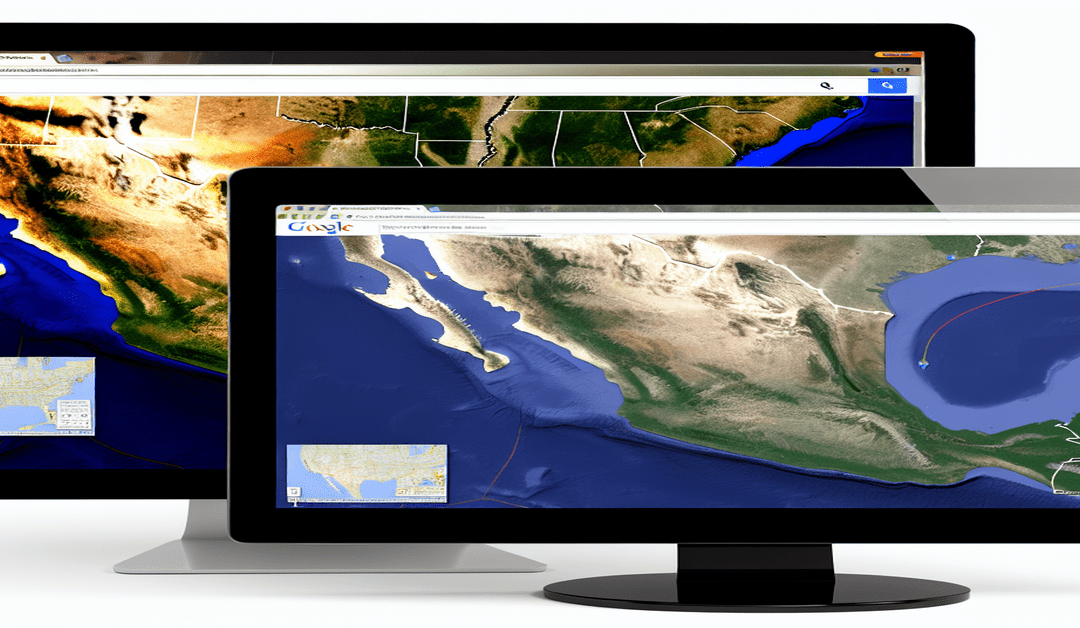Google Maps Sparks Controversy by Renaming the Gulf of Mexico to the “Gulf of America”
In a surprising move that has sparked both intrigue and controversy, Google Maps has recently started displaying the “Gulf of America” instead of the traditionally recognized “Gulf of Mexico” for users in the United States. This change comes on the heels of an executive order signed by President Trump, titled “Restoring Names That Honor American Greatness,” which aimed to rename the body of water.
The decision to rename the Gulf of Mexico has been met with mixed reactions from the public and the international community. While some view it as a bold assertion of American sovereignty, others see it as an unnecessary and politically motivated move that disregards the region’s shared history and cultural significance.
The Official Name Change and Its Implementation
The Geographic Names Information System (GNIS), a database managed by the U.S. Interior Department, has officially updated the name to “Gulf of America” for U.S. users. This change has been reflected in Google Maps, which relies on official government sources to determine the names displayed on its platform.
Interestingly, the name displayed on Google Maps varies depending on the user’s location. While users in the United States will see the “Gulf of America,” those in Mexico will continue to see it as the “Gulf of Mexico.” Users in other countries will be presented with both names, highlighting the differing regional perspectives on this matter.
Google’s approach to updating names based on location data from users’ devices is not unprecedented. The company has previously adapted its mapping services to reflect local names and conventions, ensuring a more personalized and relevant experience for its users.
Geopolitical Influences on Mapping Services
The renaming of the Gulf of Mexico to the “Gulf of America” on Google Maps underscores the broader geopolitical influences that shape our digital landscapes. Mapping services, such as Google Maps, have become essential tools for navigation, exploration, and understanding the world around us. However, the names and labels displayed on these platforms are not always neutral or universally accepted.
Geographical names often carry historical, cultural, and political significance, and the way they are represented on maps can have far-reaching implications. The decision to rename the Gulf of Mexico reflects the power dynamics and political agendas at play in shaping our perception of the world.
The Case of Denali and Mount McKinley
The renaming of the Gulf of Mexico is not the only instance where political influence has sought to alter geographical names. There was a similar directive to rename Denali, North America’s tallest peak, back to Mount McKinley, in honor of former U.S. President William McKinley.
However, unlike the Gulf of Mexico, the renaming of Denali to Mount McKinley has not yet been implemented in Google Maps. This inconsistency raises questions about the criteria and processes behind such name changes and the role of mapping services in navigating these complex issues.
The Importance of Inclusive and Respectful Naming Practices
As digital platforms like Google Maps continue to shape our understanding of the world, it is crucial to consider the impact of naming practices on communities and cultures. The renaming of the Gulf of Mexico to the “Gulf of America” has raised concerns about the erasure of shared history and the disregard for the region’s cultural heritage.
Moving forward, it is essential for mapping services to adopt inclusive and respectful naming practices that acknowledge the diversity of perspectives and experiences. By engaging in meaningful dialogue with local communities and stakeholders, digital platforms can work towards creating maps that accurately represent the world’s complexity and richness.
Conclusion
The renaming of the Gulf of Mexico to the “Gulf of America” on Google Maps has ignited a heated debate about the intersection of politics, technology, and geography. While the change aligns with an executive order aimed at honoring American greatness, it has also raised questions about the role of mapping services in shaping our perception of the world.
As we navigate this ever-changing digital landscape, it is crucial to remain mindful of the power and responsibility that comes with naming and labeling geographical features. By fostering a more inclusive and respectful approach to mapping, we can create a more accurate and equitable representation of our shared world.
What are your thoughts on the renaming of the Gulf of Mexico to the “Gulf of America” on Google Maps? Do you believe that mapping services should prioritize political directives over historical and cultural considerations? Share your perspectives in the comments below and let’s continue this important conversation.
#GoogleMaps #GulfOfAmerica #Geopolitics #DigitalLandscapes #NamingPractices
-> Original article and inspiration provided by ReviewAgent.ai
-> Connect with one of our AI Strategists today at ReviewAgent.ai

